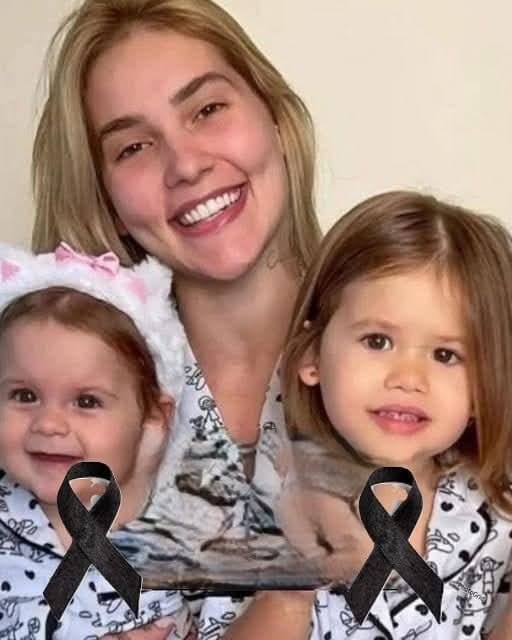In the critical seconds that followed, there was absolutely no room for denial, hesitation, or second-guessing. Every tiny detail registered with startling clarity: a tightening in the chest that refused to subside, a face draining of color as if the life had momentarily fled, a cough that carried an unfamiliar, alarming quality—each seemingly small symptom snapping into focus like a warning light on a dashboard, demanding immediate action. The ordinary rhythm of the moment shattered, replaced by a heightened awareness that left no time to pause. Someone instinctively called for help, their voice urgent yet measured, cutting through the sudden tension. Another cleared the space around the person in distress, moving with careful precision, while a third stayed close, whispering calm reassurances even as their own heart raced, their own mind wrestling with fear they dared not show. Every second stretched into eternity, yet every action mattered. By the time trained responders finally arrived on the scene, those first frantic, improvisational moments had already begun to shape the outcome, proving in a way that textbook procedures never could that even imperfect but immediate intervention can bridge the thin line between crisis and safety.
Looking back, the event no longer feels defined solely by terror or panic, but by the sequence of human decisions that collectively prevented it from becoming something far worse. Each choice, each movement, each word spoken in those chaotic instants now appears almost heroic in its quiet effectiveness. The rapid decision to call emergency services without delay, the willingness to trust intuition over routine, and the refusal to adopt a “wait and see” mentality transformed what could have been a purely frightening episode into a lasting lesson in vigilance, compassion, and responsibility. The event underscored the fragility of what we take for granted—how quickly normalcy can unravel in a heartbeat—and simultaneously highlighted the immense power that comes from staying alert, informed, and prepared.
It became painfully clear that human responsiveness, even without formal training, can be decisive. The presence of mind displayed by those nearby, their capacity to act under stress while suppressing their own rising panic, was a testament to the latent resilience that often goes unnoticed until tested. It also revealed the subtle, almost invisible ways that people rely on each other: the reassuring hand on a shoulder, the calm instructions whispered into trembling ears, the quiet coordination that forms naturally in the face of uncertainty. These small, unsung gestures collectively altered the trajectory of the incident, creating a buffer between chaos and control, between fear and action.
In reflecting on the experience, one is struck by the profound lesson that preparation is as much about mindset as it is about skill. Situations like these do not offer rehearsals or warnings; they arrive suddenly, disorienting and raw. Yet those who remain observant, who respond without delay, and who act with both urgency and care, can make a difference that extends far beyond the immediate moment. The incident also offers a broader reflection on community and shared responsibility. It reminds us that safety is not solely the domain of professionals or experts, but a collective achievement shaped by attention, courage, and empathy.
Ultimately, the event serves as a quiet, sobering affirmation of human capability under pressure. It highlights how ordinary people, confronted with extraordinary circumstances, can rise to the occasion, converting fear into constructive action. The memory of those tense, defining seconds becomes less a story of danger and more a story of insight, vigilance, and humanity. It reinforces the idea that in any emergency, every second counts, and that the willingness to act decisively—however imperfectly—can leave a legacy of calm, preparedness, and hope that resonates far longer than the moment of crisis itself.
